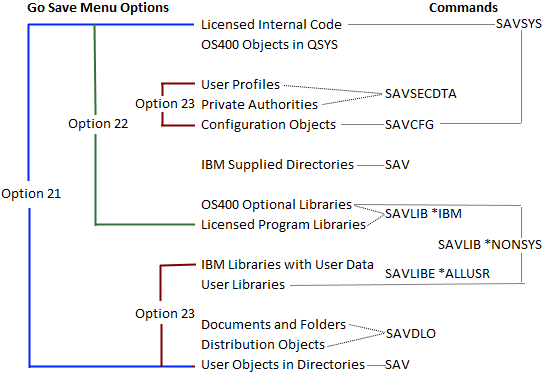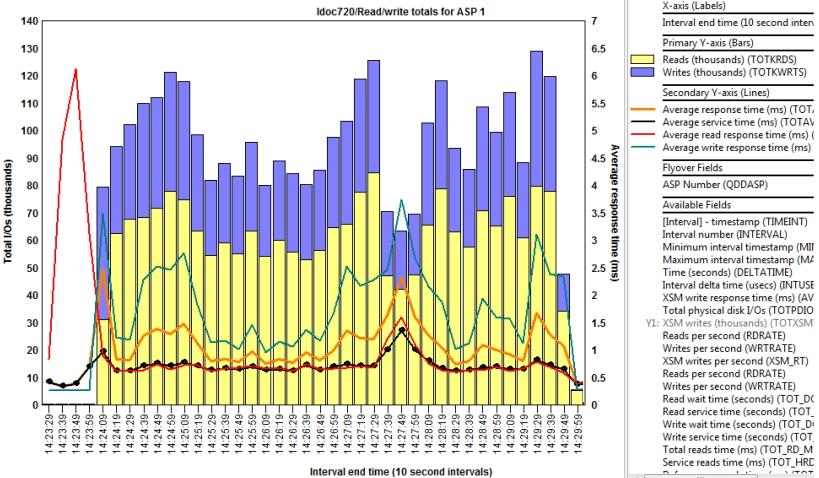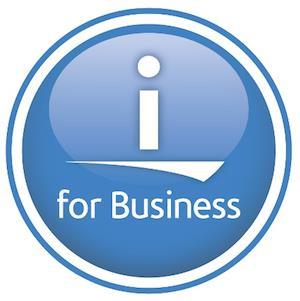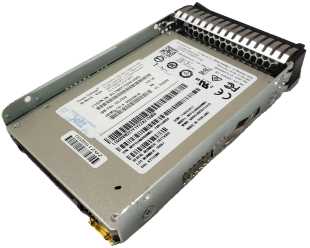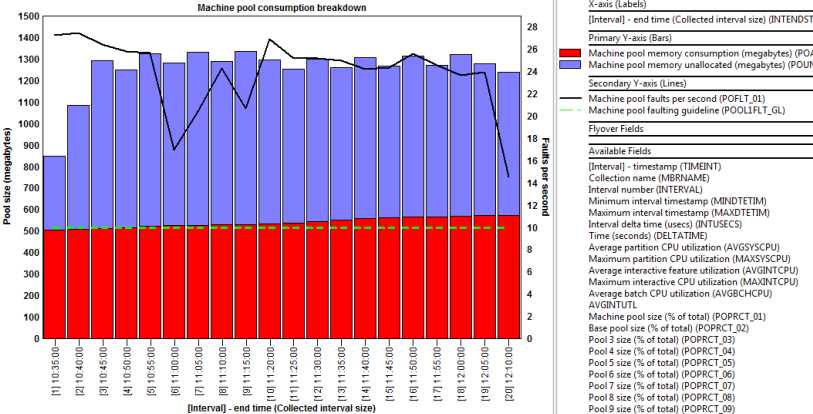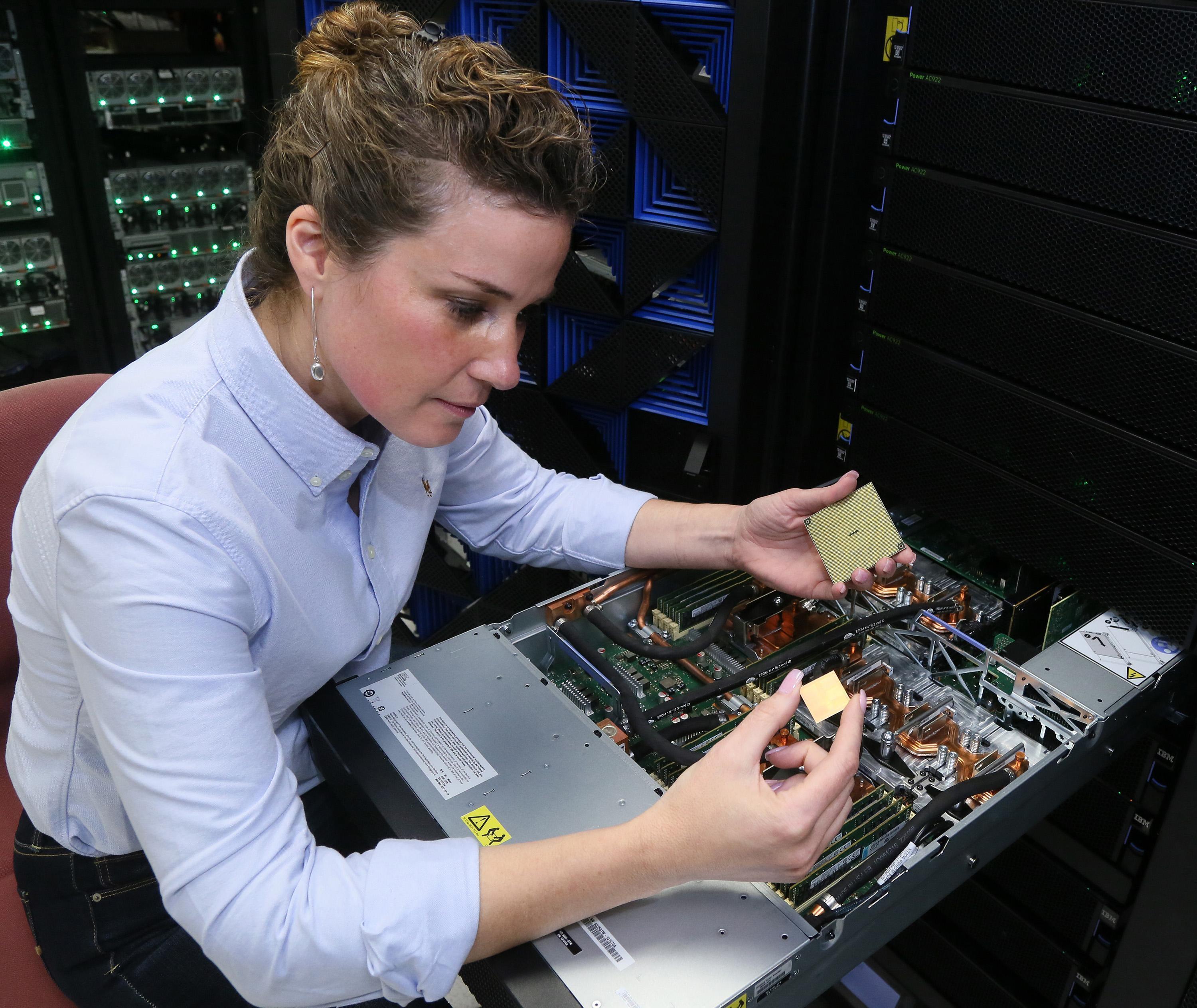It has only been a year, and the new data protection and privacy regulations have already hit a few companies with multi-million dollar fines. Every company with sensitive data on an IBM i (iSeries AS400) and has data protection and privacy requirements, should have implemented DB2 encryption already. Some of the companies seen in the news recently not only failed to secure personal data properly, could not accurately assess how much data was compromised, had a lax incident response plan and were slow to notify authorities. These factors all led to heavier fines, causing the total financial penalties to exceed 100s...
IBM i Privileged Access Management (PAM) solutions have various levels of flexibility for implementation and integration with existing applications and ticketing systems that need to be considered before purchasing. Assessing your IBM i Security requirements for implementation will be key to ensuring the IBM i PAM solution you choose meets your all your use cases, as well as environmental and compliance requirements. First note, Privileged Access Management (PAM) terminology used by most technology sectors and compliance regulations refer to processes more commonly known on the IBM i (iSeries AS400) platform as Profile Swapping and Adopted Authority procedures. Terminology aside, the goal of...
Configuring the IBM i to forward security and system event logs to QRadar SIEM can be done a few different ways, but in order to do it correctly; in LEEF format, in real-time, with GID and enriched event log information, you need an IBM i event log forwarding tool designed for the QRadar SIEM. There are IBM i security event log forwarding tools that can be used for QRadar that will send event logs in real-time and in CEF SYSLOG format, and even a couple that support LEEF, but only one includes QRadar QID for mapping, log enrichment and is on...
Details of each POWER9 and POWER8 hardware enhancement provided by the release of IBM 7.4 (V7R4) are below the initial summary, organized by IBM Power generation and topic. The new IBM POWER9 and POWER8 hardware features provided for OS400 V7R4 are now all available for ordering as of June 21, 2019. Read about IBM i 7.4 (V7R4) announcement details here. IBM V7R4 announcement provides the following I/O enhancements for Power9 scale-out and scale-up system models: 1.6 TB, 3.2 TB, and 6.4 TB PCIe3 Enterprise SSD NVMe adapters for Power9 E980, E950, L922, S922, S914, S924, H922, and H924 servers1.6 TB and...
IBM i backup performance is affected by many variables, and many data transfer rate bottlenecks can be very easy to resolve. Some simple changes you can try to improve backup performance may only require using the correct media generation for your tape library/drive, minimize resource sharing, shortening the distance between the IBM i PCIe I/O adapter and tape library/drive, using backup optimization settings or restructuring your backup processes. These minor changes are virtually free to try and may have a significant impact on optimizing your IBM i backup transfer rates and without having to spend a lot of time analyzing the...
This specification breakdown of the IBM Power9 9009-42A model S924 will explain the key performance features that sets it apart from its Power8 predecessor. In comparison to the 8286-42A model S824, the IBM Power9 S924 delivers 40-50% better performance for data intensive database and analytics workloads, with over twice the memory footprint (accelerated by Coherent Accelerator Processor Interface CAPI) running at speeds up to 344 GB/s (172 GB/s per socket), has over 60-70% more CPW for IBM i workloads and 2X the I/O bandwidth (Gen4 PCIe slots). IBM Power9 with CAPI 2.0 increased I/O bandwidth over 4X Power8 ability, clocked at 192...
Keeping your IBM i optimized for optimal response times requires regular monitoring of system resources and identifying various elements that affect application performance. Poor response times of only two or three seconds delay can quickly get compounded over time when poorly written applications are involved or database maintenance has been neglected. Like most performance degradation issues on the IBM i, response time issues only get worse as the number of transactions multiply. Ignoring system performance issues affects productivity and frustrate customers, which in turn increases costs and affects revenue. Below are some ideas to consider if a major IBM i upgrade...
IBM EJ14 PCIe3 12 GB Cache RAID Plus SAS Adapter is the highest performing raid controller (SAS adapter) for IBM Power9 and Power8 systems that will significantly improve raid performance. The IBM EJ14 PCIe3 12 GB Cache RAID PLUS SAS Adapter has four 6 Gb connectors enabling the highest performance HDD or SSD SAS controller capabilities for IBM Power systems using PCIe Gen3 technology and IBM’s latest SAS RAID adapter technology. The EJ14 PCIe3 SAS adapter builds on the success of the EJ0L PCIe3 12 GB Cache RAID SAS Adapters, but delivers up to 100% more write IOPs than the older EJ0L...
Is it time to upgrade your IBM i Power System? Or do you need to upgrade your IBM i Power System? Most companies upgrade their IBM Power systems on a scheduled interval, but there are instances when response times and throughput bottlenecks cause unacceptable performance levels, and a quick fix is needed. IBM i response times and throughput rely on common system resources and can have a similar effect on performance from an end user experience, but the variables that cause them are very different and are often difficult to figure out. IBM Power system processors, memory, SSD, disk drives...
IBM SSD Price Drop IBM Solid State Drive SSD prices for iSeries, VIOS and Power AIX systems have dropped so much over the years, making the decision to replace those much slower HDDs very simple. Using Enterprise IBM SSD with eMLC will give queries, applications and other frequently accessed data a significant performance boost. The cost of replacing existing Power system hard disk drives with solid state drives is likely a fraction of what you originally paid for your current hard disk drives. Data you will not likely want to move to Enterprise class solid state drives include sequentially read and rarely accessed...
Sporadic IBM i performance issues and prolonged degradation that slowly creeps up over time can sometimes be abated by fine tuning memory pools, disk, database, applicatons, jobs and threads, but it’s not a task an untrained administrator should be attempting. IBM i response times and throughput performance issues can be due to numerous factors, and often requires a lot of man hours to pin point by a trained expert. If your IBM Power iSeries already has the Performance Adjuster enabled (view QPFRADJ system value) and other dynamic performance optimization features enabled, it often makes economic sense to simply add memory, disk drives...
Written by: Bob PiccianoOpen any business publication or digital journal today, and you will read about the promise of AI, known as artificial or augmented intelligence, and how it will transform your business. The fact is, AI will not only transform your entire business, whether you are in health care, finance, retail or manufacturing, but it will also transform technology itself. The essential task of information technology (IT), and how we measure its value, has reached an inflection point. It’s no longer just about process automation and codifying business logic. Instead, insight is the new currency, and the speed with which...
Database clustering involves database replication to achieve high availability (mirroring, redundancy and disaster recovery), workload balancing for performance or scaling (queries, reporting, business intelligence, analytics and data warehousing), maintenance (upgrades, migration, testing and development), database consolidation and other objectives for data access, efficiency and better decision making. It is use database clustering and replication services where the source and target databases are at different version levels and even different types of databases all together, such as PostgreSQl to Oracle replication, or DB2 to SQL. Database clustering can be implemented for a mix of on premise, virtual and cloud environments, using any...





